Do you have a question about the LaCie 2big RAID and is the answer not in the manual?
Explains meanings of LED states (Off, Blue, Red) for system and drive status.
Step-by-step instructions for connecting the device to a power source.
Guidance on connecting via USB-C or USB-A cables to a computer.
Outlines setup process: registering device and installing Toolkit.
Instructions on safely unmounting and disconnecting the drive to prevent data corruption.
Details how to power the device on and off using the power button.
Explains RAID concepts, levels (0, 1), and their advantages.
Describes configuring RAID and formatting during Toolkit installation.
Using LaCie RAID Manager for managing RAID levels and formatting.
Lists important precautions for handling and hot-swapping hard drives.
Step-by-step instructions for removing and replacing a failed hard drive.
Explains common file systems: NTFS, HFS+, APFS, exFAT, FAT32.
Guides selecting the appropriate file system based on usage needs.
Instructions for manually formatting and partitioning storage devices.
Detailed steps for formatting drives on macOS using Disk Utility.
Explains meanings of LED states (Off, Blue, Red) for system and drive status.
Step-by-step instructions for connecting the device to a power source.
Guidance on connecting via USB-C or USB-A cables to a computer.
Outlines setup process: registering device and installing Toolkit.
Instructions on safely unmounting and disconnecting the drive to prevent data corruption.
Details how to power the device on and off using the power button.
Explains RAID concepts, levels (0, 1), and their advantages.
Describes configuring RAID and formatting during Toolkit installation.
Using LaCie RAID Manager for managing RAID levels and formatting.
Lists important precautions for handling and hot-swapping hard drives.
Step-by-step instructions for removing and replacing a failed hard drive.
Explains common file systems: NTFS, HFS+, APFS, exFAT, FAT32.
Guides selecting the appropriate file system based on usage needs.
Instructions for manually formatting and partitioning storage devices.
Detailed steps for formatting drives on macOS using Disk Utility.
| RAID levels | 0, 1, JBOD |
|---|---|
| Data transfer rate | 0.4 Gbit/s |
| Storage drive size | 3.5 \ |
| Storage drives installed | Yes |
| Installed storage drive type | HDD |
| Total installed storage capacity | 36 TB |
| Maximum supported storage capacity | - TB |
| Number of storage drives installed | - |
| Number of storage drives supported | 2 |
| Power supply unit (PSU) capacity | 36 W |
| USB 3.2 Gen 2 (3.1 Gen 2) Type-C ports quantity | 1 |
| Mac operating systems supported | Mac OS X 10.12 Sierra, Mac OS X 10.13 High Sierra, Mac OS X 10.14 Mojave |
| Windows operating systems supported | Windows 10 |
| Minimum storage drive space | 600 MB |
| Chassis type | Desktop |
| Device class | Large Enterprise Business |
| Product color | Black |
| Cable lock slot type | Kensington |
| Operating temperature (T-T) | 5 - 40 °C |
| Operating relative humidity (H-H) | 20 - 80 % |
| Harmonized System (HS) code | 84717020 |
| Depth | 118 mm |
|---|---|
| Width | 217 mm |
| Height | 88.5 mm |
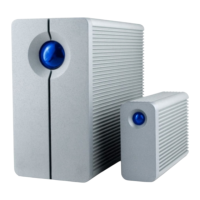
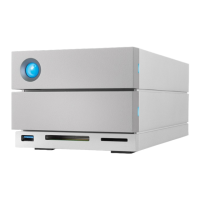
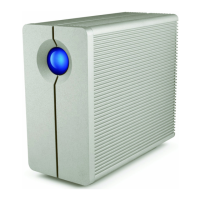
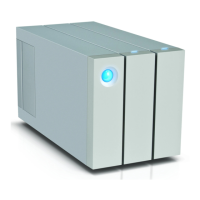
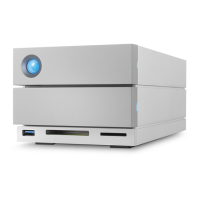
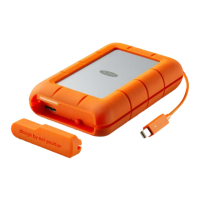
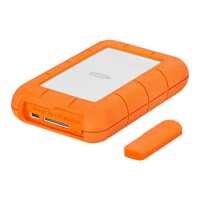
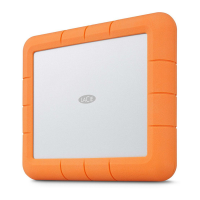



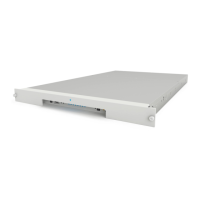
